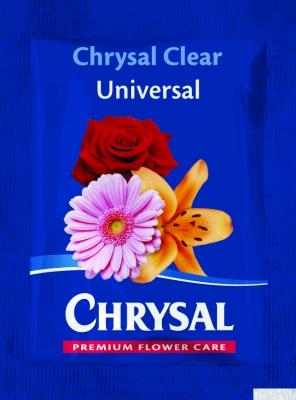So many times you hear people in the industry talk about adding a floral preserve or flower food to the water in a vase. You have probably heard just about every trick and recipe in the book too. Also, you must have noticed that, whenever you buy or send flowers, the florist will usually include a small plastic bag of flower food. The question is, what exactly are floral preserves and how do they work?

Floral preserves consist of a combination of substances. Firstly, what you need to know is that, in nature, the flower stem is connected to the main plant which is anchored by the root system. The roots absorb water and nutrients from the soil and the stem transports the water and nutrients up to the flower. Now, with the flower being cut from the main plant, along with it, goes the connection to the roots. However, the stem will still absorb water when placed inside a vase. Regular tap water or distilled water doesn’t contain as much nutrients as the water found in the soil. This is where your flower food comes to the rescue! Floral preserves contain sugary substances that provide your flowers with the nutrients they need in order to last as long as possible. Without this, the stems will be drinking up plain water with just about no nutritional value.
Another important ingredient in floral preserves is a substance that helps keep the vase water’s pH at a certain level. By keeping the pH at the right level, it becomes difficult for bacteria to grow. Bacteria likes to grow on any parts of the plant that is under water. You might be familiar with that slippery film that builds up on the stem after a few days. Remember that the growth of bacteria can not be completely prevented but, by slowing it down, you give your flowers a fighting chance. Once the bacteria levels increase, then it is time to change the water and add some fresh flower food.
With all this knowledge in mind, many prefer to make their own flower food. There are a number of recipes online so you are bound to find at least one that suits you. Some like to add sugar to the water while others use lemon flavoured sodas. The sugar will help feed your flowers and all you will need to do next is add something like lemon juice, vinegar or a touch of bleach. Some recipes call for both lemon juice as well as bleach. If you order flowers from your florist on a regular basis, you will be able to try out a few recipes and compare them to the floral food sent with the flowers. Many have been pleasantly surprised by this cheaper DIY option. Remember that, no matter what kind of flower food you use, cut flowers should always be cared for as instructed by your florist.

